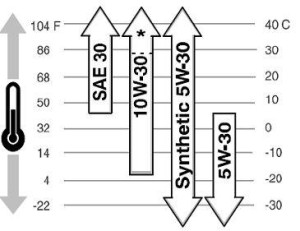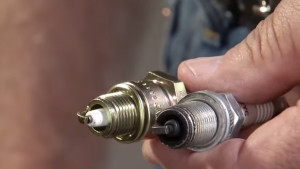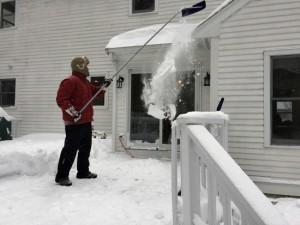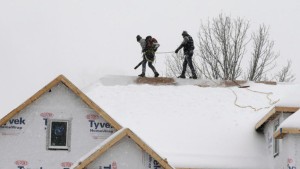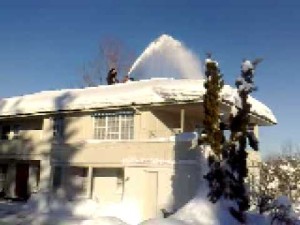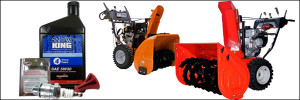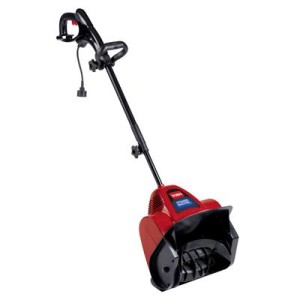 Using roof snow blowers is not a good idea for the average consumer. We wanted to say that upfront to make sure that readers understand that it can be very dangerous to the person using the snow blower. There is also the possibility of actual damage to the roof. If not completed carefully and in a safe manner, people have fallen from the roof due to unsafe conditions.
Using roof snow blowers is not a good idea for the average consumer. We wanted to say that upfront to make sure that readers understand that it can be very dangerous to the person using the snow blower. There is also the possibility of actual damage to the roof. If not completed carefully and in a safe manner, people have fallen from the roof due to unsafe conditions.
They have also damaged the roof causing water damage and major leaks to the interior of their homes and businesses. If you must clear snow from your roof there are a couple of safe ways to arrange for the job to be completed. We will cover these issues in this post. We are very interested in your safety and prefer that no one is hurt in any way.
Roof Snow Blowers – Use a Snow Rake Instead
For those of you who may not be aware, a snow rake is actually a blade that is attached to a long pole. This allows the operator to stand on the ground. The business end of the rake is placed on the roof. The operator pulls the snow towards the edge of the roof onto the ground. Sure you have to work a little harder. You may have to shovel the snow that falls onto your driveway or steps, but it is far safer than getting on the roof.
If you must get on the roof, devices like the one shown in this picture are sometimes used. It is light, easy to hold, and runs on electricity. It can be used on the roof without placing a lot of weight on cold brittle shingles. They could break under your own weight.
We have seen pictures of full-sized snow blowers on a roof. We are not sure if they were photoshopped or not, but this is clearly a very unsafe thing to consider.


